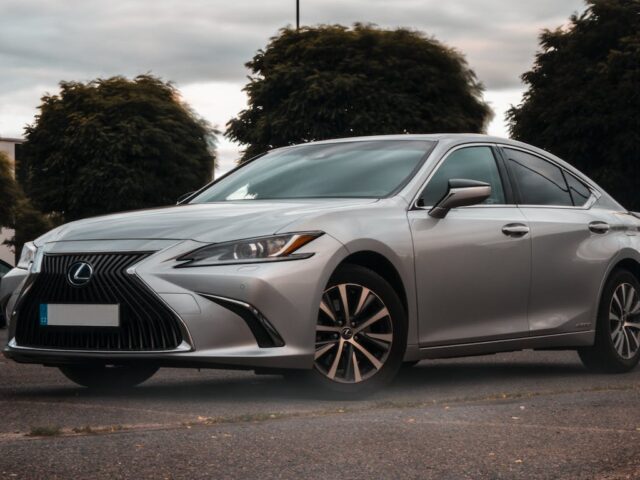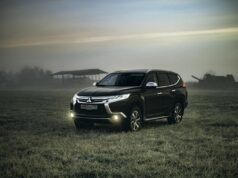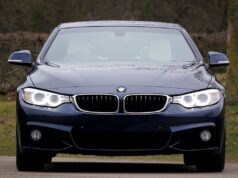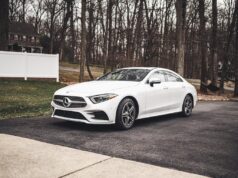A hybrid car employs one or more electric motors alongside a gasoline engine to move the car. This system uses regenerative braking to recapture energy. Depending on the kind of car, the electric motor or the gas engine does the heavy lifting. In some cars, they work together, resulting in a fuel-efficient car that burns very little gasoline. Sometimes electric power boosts the performance of the car.
Hybrid cars generally use electricity via a high-voltage battery pack. This battery pack captures energy from the deceleration that’s typically lost to the heat generated by the brakes. The car maintains and charges the battery pack by utilizing the gas engine. Car manufacturers often assign different missions to a car. These missions which range from keeping the vehicle low cost to saving fuel determine the hybrid design of the car.
There are three kinds of hybrid designs.
Parallel Hybrid:
In a parallel hybrid car, the gasoline engine and electric motor team up to blend both power sources in a common transmission. This transmission can be an automatic, a manual, or a continuously variable transmission (CVT). The type of transmission used and the size of the gasoline engine factor in how a parallel hybrid accelerates, sounds, and feels to drive.
Series Hybrid:
The Series Hybrid has the electric motor do the heavy lifting by providing thrust. The gasoline engine recharges the battery. This design makes the car feel like an electric car. There is less vibration and smooth but powerful acceleration. Driving a series hybrid car can take some getting used to, especially if you usually drive a car with a gasoline engine. Since the battery is making the demand, acceleration doesn’t always occur in tandem with what your right foot is doing. This results in the engine revving up while the car is supposed to be cruising.
Plug-In Hybrid:
A plug-in hybrid has a larger battery pack that must be charged from an external power source. This makes a car using the plug-in hybrid design kind of like an electric car – You’ve got to charge it at home or a public power station. Having said that, the large energy storage pays off by offering extended all-electric driving for up to 55 miles. This slashes fuel consumption down by quite a bit and if you consume the all-electric range, the car reverts to being a conventional parallel hybrid.






